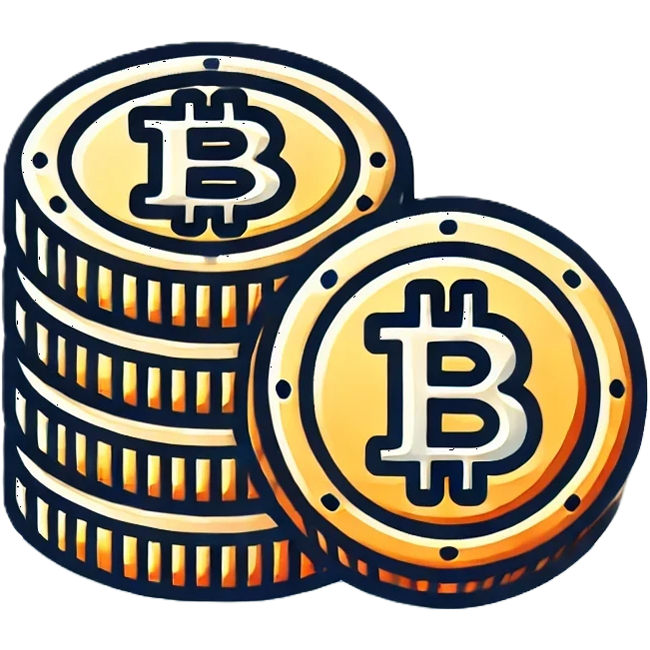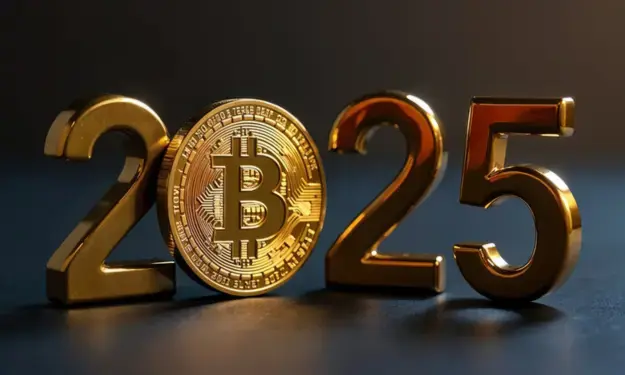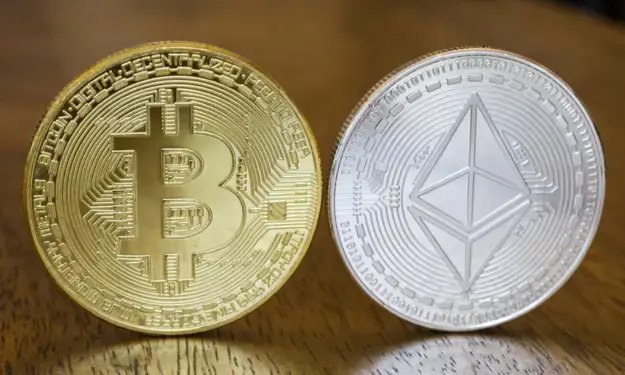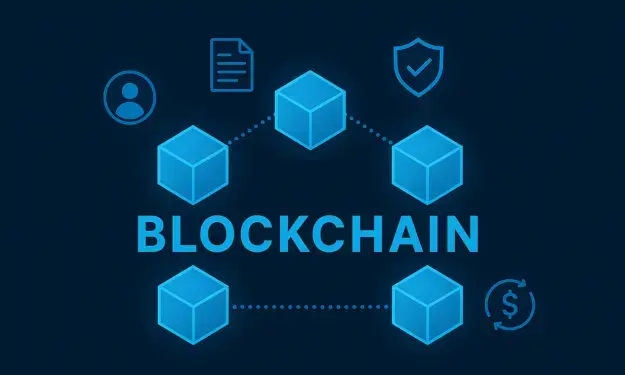Publication date: Aug. 30, 2024
What is Cardano
Cardano is a cryptocurrency that has attracted much attention in recent years for its innovative approach and distinctive vision within the crypto industry. Launched in 2017, it is named after Italian mathematician Gerolamo Cardano. The native cryptocurrency of this platform, known as ADA, was named after mathematician Ada Lovelace, who is known as one of the first programmers. Cardano positions itself as one of the first blockchain platforms based on scientific and mathematical principles. This sets the Cardano blockchain apart from other projects by focusing on academic validation and peer-reviewed research, which should make the foundation of the network more robust and reliable.
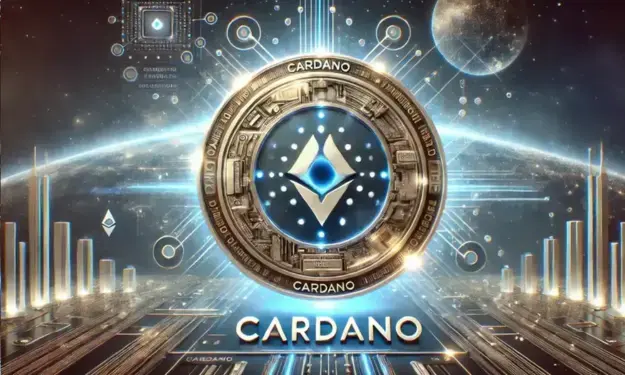
What makes Cardano unique is its focus on sustainability, interoperability and scalability. Concepts often cited as weaknesses in other cryptocurrency projects. By using a layered architecture, Cardano can respond more flexible to future innovations and adaptations. This design helps the network operate more efficiently while ensuring security and flexibility. Moreover, Cardano has a strong focus on solving problems such as high transaction costs and low processing speeds, which are often associated with more traditional blockchains. This has also made Cardano attractive to both developers and investors looking for a long-term solution.
How does Cardano work
Cardano works by using a unique consensus mechanism known as Ouroboros, a proof-of-stake (PoS) algorithm. This mechanism is designed to be more energy efficient than the proof-of-work (PoW) mechanism used by many other cryptocurrencies, such as Bitcoin. With proof-of-stake, users do not have to perform energy-intensive calculations to create new blocks. Instead, ADA tokens are deployed (staked) to participate in the network. The more ADA a user stakes, the more likely he or she will be selected to add a new block to the blockchain and earn rewards.
Cardano's architecture comprises multiple layers, meaning the processing and computing layers are separate. The first layer, known as the Cardano Settlement Layer (CSL), is responsible for handling ADA transactions. The Cardano Computation Layer (CCL) 's second layer supports smart contracts and decentralized applications (dApps). This layered approach offers several advantages, including increased security and flexibility, as changes in one layer need not affect the other layer. Smart contracts, a core component of many modern blockchains, are used by Cardano to manage autonomous and automated arrangements, leading to more efficient and transparent business processes.
History of Cardano
Cardano was founded by Charles Hoskinson, one of the co-founders of Ethereum, and was developed by Input Output Hong Kong (IOHK), a blockchain research and development company. Hoskinson's vision for Cardano was to create a platform that was not only flexible and scalable but also scientifically based. Since its inception, Cardano has been distinguished by a rigorous academic approach to development, with every aspect of the platform subjected to extensive peer-reviewed research before implementation. This academic foundation gives Cardano a strong reputation in the industry as a reliable and well-researched project.
Over the years, Cardano has achieved several important milestones. One of the first major steps was the launch of the Byron era in 2017, which introduced the first version of the network. This was followed by the Shelley era in 2020, which marked a major step forward with the introduction of the proof-of-stake mechanism and increasing the decentralization of the network. These developments laid the foundation for the next phase, Goguen, which added smart contract functionality to Cardano. Each phase in Cardano's development has been carefully planned and executed, with a clear focus on gradually improving the network.
Cardano has also made significant progress by partnering with various companies and government agencies. One of the most notable collaborations is with the Ethiopian Ministry of Education to establish a national digital identity platform. This project aims to give five million students a digital identity, which records their educational achievements transparently and securely. This collaboration highlights the scope and impact of Cardano, not only as a cryptocurrency, but also as a technology that can address broader societal issues. Such collaborations strengthen Cardano's position in the global market and enhance its credibility.
What's going on at Cardano
Recently, Cardano has made several significant updates and improvements that have caught the attention of the community and investors alike. One of the most talked about developments was the Vasil hard fork, which was implemented in 2022. This update focused on improving network scalability and performance. The Vasil update significantly increased transaction processing speed and reduced costs, making Cardano more attractive to users and developers of dApps. In addition, this update has laid the foundation for further developments and innovations within Cardano's ecosystem.
The implementation of the Vasil hard fork and other recent developments have had a significant impact on Cardano's position in the market. With improved performance and more capabilities to support complex applications, Cardano has repositioned itself as a serious competitor to other platforms such as Ethereum. The update not only brought technical benefits, but also increased confidence in the network, increasing to both institutional and private investors buying ADA tokens. This trust is crucial to Cardano's long-term survival and growth.
Despite the positive developments, critical voices can also be heard within the Cardano community. Some investors and analysts have expressed concerns about the speed of implementation of new features and their potential long-term impact. While the Vasil hard fork has brought significant improvements, there remains uncertainty about how effective these changes will be in the long run. The community remains divided over whether Cardano will be able to deliver on its promises and maintain its position as a top cryptocurrency. This division highlights the challenges Cardano faces as the platform continues to evolve.
Price development of Cardano
The chart below shows Cardano's price movement over the past 12 months (orange) versus Bitcoin (blue). Particularly in the first half of 2024, Cardano's price drops significantly harder than the similarly weak Bitcoin. The U.S. regulator SEC considered classifying Cardano as a security during this period and this caused selling pressure. It is now clear that the SEC is not going to take any action towards Cardano and there is even talk of Cardano being included in an ETF. That could give a fixe boost to demand and thus the stock price.

Advantages of investing in Cardano
1. Innovative technologies: Cardano's use of science-based methodologies and layered architecture provides the project with a solid foundation, contributing to investor confidence and the growth of the network.
2. Strong community: Cardano has a large and dedicated community of developers and investors, which drives the adoption and development of the platform.
3. Scalability: The architecture of the network allows Cardano to easily grow with demand, which is important for the future-proofing of the project.
4. Sustainability: The proof-of-stake consensus mechanism makes Cardano significantly more energy efficient than many other cryptocurrencies, which is attractive to environmentally conscious investors.
5. Transparency of development: The peer-reviewed research and open-source approach make developments within Cardano more transparent and reliable.

.svg)




